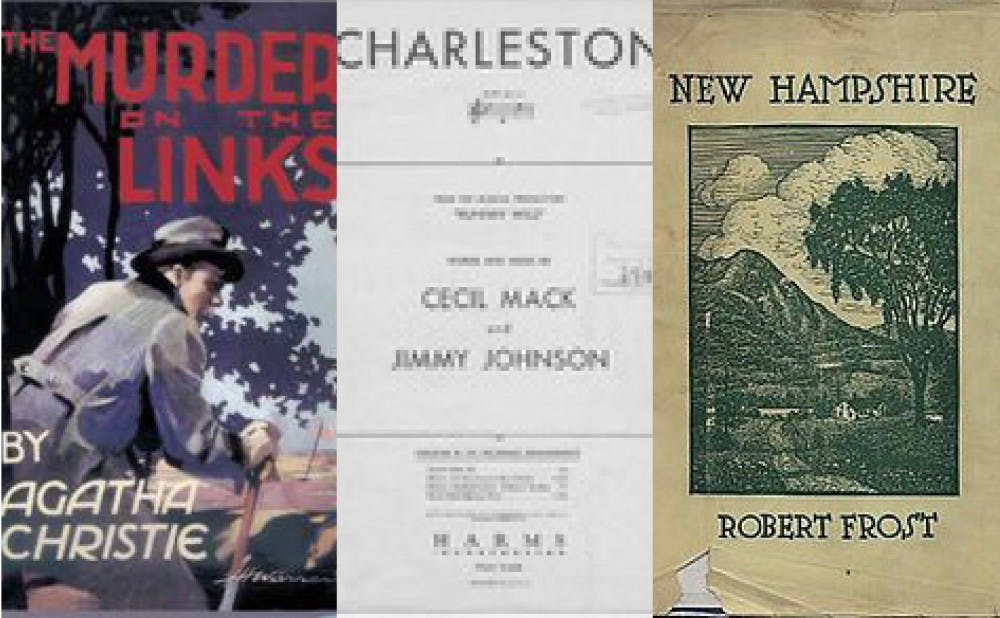"The woods are lovely, dark and deep / But I have promises to keep / And miles to go before I sleep / And miles to go before I sleep."
Aside from being an exhausted refrain for caffeinated, cramming college students, this is the closing passage of the 1923 poem "Stopping by Woods on a Snowy Evening" by Robert Frost. The poem, and all other works published in 1923 or before, joined the public domain—20 years late.
“Not a single [published] work has gone into the public domain since 1998," said Jennifer Jenkins, clinical professor of law and director of Duke Law's Center for the Study of the Public Domain. "So the works that entered the public domain this year were supposed to go into the public domain in 1999."
But they didn't, due to an act of Congress that Jenkins attributed to "very successful lobbying and the lack of a thorough cost-benefit analysis."
“Congress passed a law called the Sonny Bono Copyright Term Extension Act, which froze the public domain for 20 years," the professor said. "The reason this Public Domain Day was so special is because we’ve been waiting 20 years for these works from 1923 to enter the public domain.”
The Center for the Study of Public Domain, founded in 2002, published a list of some of the most famous works now in the public domain on its website. Public Domain Day on New Year's Day marked the first official day the works protected under the extension legislation entered the public sphere.
Books by Agatha Christie and Virginia Woolf are joined by the song "Charleston"—often accompanied by the similarly monikered dance—in becoming public this year.
But most of the thousands of works now freed up are not that well-known.
“After 75 years, only a tiny percentage of creative works is generating commercial value whatsoever. Maybe 1 percent, maybe less," Jenkins said.
But if you want to tap into the other 99 percent, you're in luck, thanks to the internet. HathiTrust digital library has added more than 50,000 titles from 1923 to its online holdings.
Beyond accessing the works, the public domain also allows users to take creative liberties with them.
“You can cut, you can paste, you can annotate, you can translate, you can do whatever you want with it,” Jenkins said.
For the beneficiaries of the "one percent" of works that were still commercially valuable—such as Robert Frost's poem—the day was a less exciting shift.
“Frost’s estate and publisher were particularly aggressive about guarding his copyright, preventing people from using that poem," Jenkins said. "But now that poem is in the public domain.”
For Jenkins, welcoming the works into the public domain also highlights what could have been 20 years ago.
“It’s great that these works are finally entering the public domain," she said. "But it’s a bittersweet celebration, because under rational copyright terms the public domain would be much larger, much more robust.”
Correction: This article was updated to correct one of Jenkin's quotes from "creative" works to "published," because "published" is the accurate descriptor. "U.S." was removed from a sentence to clarify that it is not just works from the United States entering the public domain. The Chronicle regrets the error.
Get The Chronicle straight to your inbox
Signup for our weekly newsletter. Cancel at any time.
Bre is a senior political science major from South Carolina, and she is the current video editor, special projects editor and recruitment chair for The Chronicle. She is also an associate photography editor and an investigations editor. Previously, she was the editor-in-chief and local and national news department head.
Twitter: @brebradham
Email: breanna.bradham@duke.edu

